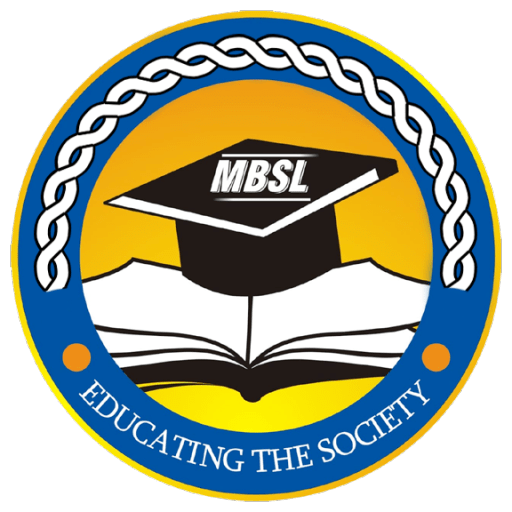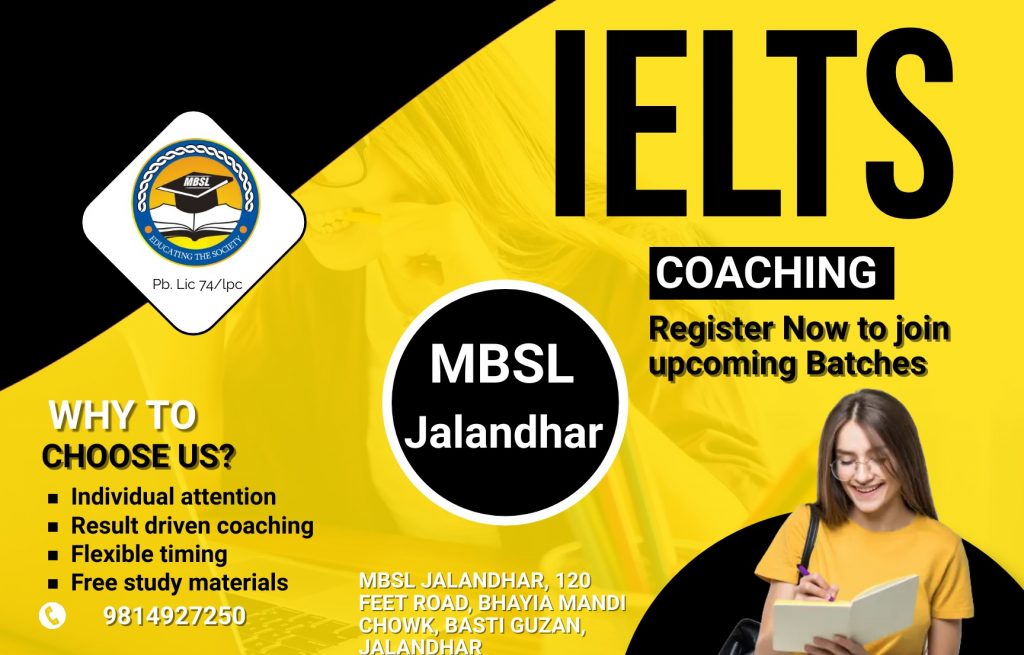The IELTS General Reading test is one of the four sections of the IELTS General Training (GT) exam. It specifically assesses your ability to read and understand various types of texts that you might encounter in everyday life and workplace situations in an English-speaking environment.
Here’s what you need to know about the IELTS General Reading:
- Time: 60 minutes
- Questions: 40 questions in total
- Text Types:
- Notices
- Advertisements
- Company guidelines/handbooks
- Manuals
- Newspaper articles
- Magazine articles
Tasks: The reading section presents a variety of tasks to demonstrate your comprehension skills. These might include:
- Multiple-choice: Choosing the correct answer from several options.
- Matching Information: Connecting pieces of information from the text to the correct headings or categories.
- Identifying the writer’s views or claims: Determining if a statement aligns with the information in the text
- Identifying information: Locating specific facts or details.
- Sentence completion: Finding the correct words to complete sentences based on the text.
- Summary, table, or flow-chart completion: Filling in missing information in a visual representation of the text.
- Short-answer questions: Providing brief written responses to questions about the text.
Purpose: The IELTS General Reading test aims to assess if you can:
- Understand the main ideas and key details
- Navigate texts and locate essential information
- Identify the writer’s purpose and attitude
- Follow the development of ideas in a text.
The IELTS General Reading section is essential for:
- Immigration: Many countries require a specific IELTS score for immigration purposes.
- Work: Reading skills are crucial in many professional and workplace scenarios.
- Non-academic study: For those considering technical or vocational training programs.
Description
Select the correct answer from several options. Questions often test your understanding of the main idea, a specific detail, or the writer’s purpose.
Tips
* Read the passage purposefully: Before looking at the answer choices, get a sense of the passage’s structure. Underline keywords to help you find relevant sections faster.
* Analyze each option: Don’t assume the first seemingly correct answer is the best. Watch out for “trap” answers that are partially true, but not the best fit.
* Make educated guesses: If unsure between two options, consider eliminating the least likely choices – this increases your chances of getting it right.
Example
* Question: What is the main point of the advertisement?
Options: A) To provide detailed membership pricing
B) To highlight the variety of classes offered
C) To compare this gym to its competitors
D) To describe the gym’s location
* Reasoning: The ad may mention pricing and location, but the focus is on the diversity of fitness options to appeal to a broad audience.
Description
Match headings, summaries, or descriptions to specific sections of the text. This often tests your ability to identify main ideas and supporting details.
Tips
* Skim for overall structure: Quickly scan the passage, noticing how many paragraphs it contains and if they have clear topics.
* Focus on key words: Identify keywords and synonyms in both the headings and the passage to match concepts.
* Watch for time order: If headings seem chronological, pay attention to the progression of events described in the passage.
Example
* List 1 (Headings): A) New Customer Offer B) Building Strength and Muscle C) Staying Motivated D) Family-Focused Programs <br> *
List 2 (Information): 1) Open playtimes and supervised play areas for children while parents exercise 2) Trainers help design a program based on your goals and fitness level 3) Monthly challenges and workout competitions 4) Special discounts for first-time customers
Description
Determine if a statement reflects the writer’s views, contradicts them, or is Not Given (if the text doesn’t address the issue)
Tips
* Opinion vs. Fact: Differentiate between objectively stated information and subjective opinions. Look for words like “believe,” “argue,” “suggest,” implying viewpoints.
* Be wary of strong words: Statements containing words like “always,” “never,” “best”, or “worst” are more likely to be opinions than facts.
* Don’t assume your own knowledge: Answer based solely on what is stated in the passage, not what you believe is generally true or false.
Example
* Statement: This company provides a wider variety of fitness options than its competitors. <br>* Answer: A) True B) False C) Not Given <br> * Reasoning: Whether true or false, unless the passage directly compares this company to others, there’s no basis for confirming or denying the statement definitively.
Description
Fill in missing words in a sentence taken directly from the passage. This type focuses on vocabulary and grammar.
Tips
* Context is everything: Read the full sentence and surrounding text to understand the meaning. Consider the part of speech (noun, verb, etc.) required for the blank.
* Consider synonyms: The correct answer may be a word with a similar meaning to the most obviously fitting choice. Keep the grammar and overall tone of the sentence in mind.
Example
* Sentence: The company offers a wide ______ of fitness classes to suit all levels. <br> * Answer: variety (or similar term like selection, range)
Description
Locate specific details or facts mentioned in the passage. This tests your ability to scan and understand the text.
Tips
* Keywords are key: Focus on the words in the question to find the relevant part of the text. Watch for synonyms that rephrase the concept in the passage.
* Rephrase, don’t copy: Avoid just lifting the answer straight from the text, but reword it accurately and concisely. Pay attention to the word limits.
Example
* Question: When does the special offer for new customers end? <br> * Answer: March 15th (or another specific date found in the text)
Description
Complete a visual representation of the information from the text. This assesses your ability to summarize key points and recognize relationships.
Tips
* Understand the visual: Whether it’s a table, flowchart, or summary, understand how the information is organized before filling in the blanks * Link visual to specific sections: Don’t try to memorize the whole text, but locate the relevant sections to fill in missing information. * Write clear, concise answers: Avoid overly wordy responses and focus on the essential information required for each blank.
Example
* Passage: Text describes a process for registering for a program, including filling out a form, choosing classes, and paying a fee. <br> * Flow chart: (Arrows show sequence) Start –> Complete registration form –> ______ –> Pay the fee –> Registration complete. <br> * Answer: Select available classes
Description
Provide brief written responses based on the text, usually with a word limit. This checks your comprehension and ability to paraphrase information.
Tips
* Stick to the word limit: Avoid adding extra words that don’t answer the question directly. Extra information won’t gain you points. * Be precise: Focus on the specific point addressed in the question, avoid vague statements. * Rephrase whenever possible: Demonstrate your vocabulary and understanding by using your own words rather than just copying from the text.
Example
* Question: Explain two ways a customer can contact the company. <br> * Answer: 1) By visiting the website 2) By calling the phone number provided in the brochure



